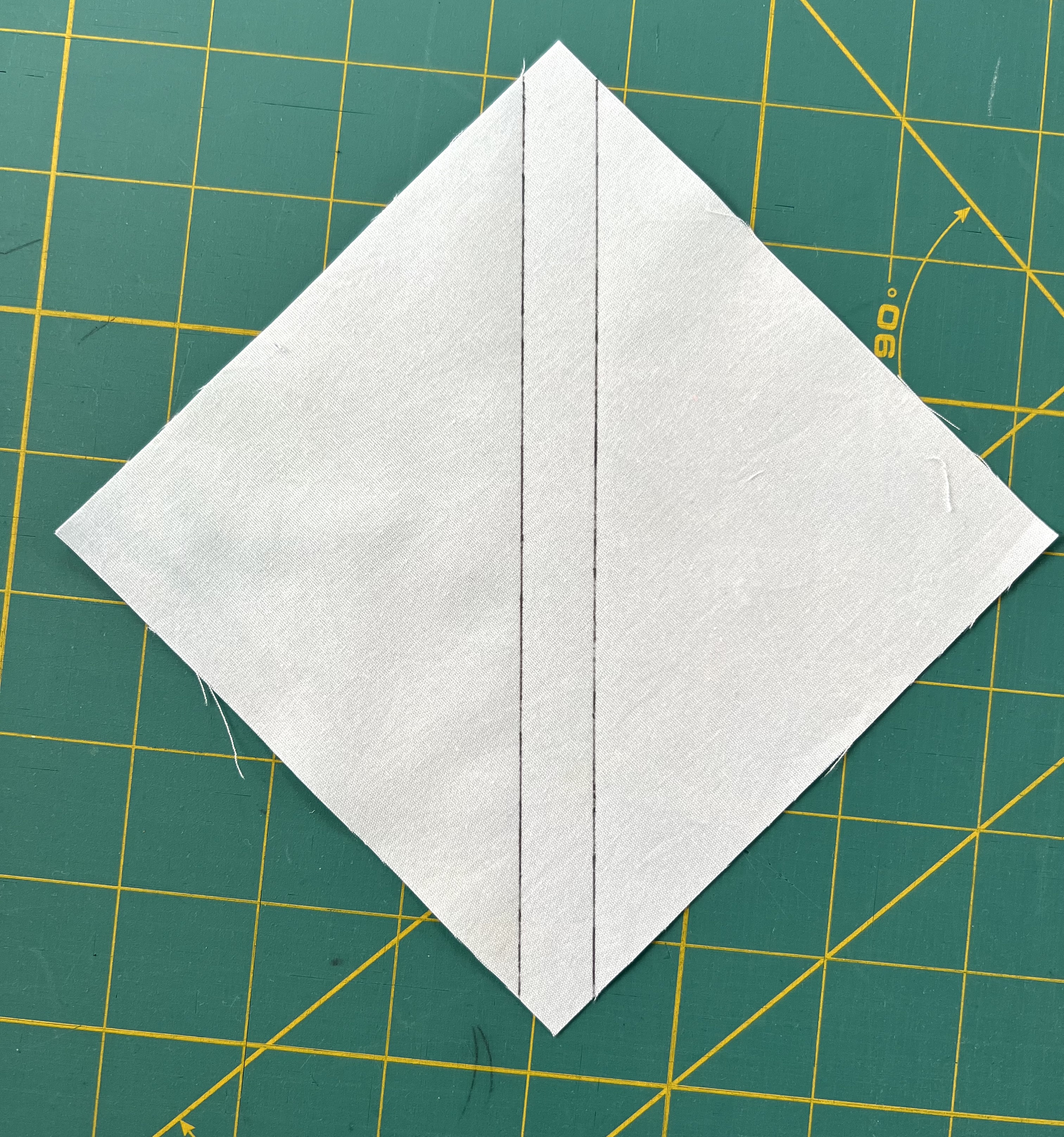I have just completed an on-demand video course on fused applique portrait quilts. It is taught by Lea McComas (her website is www.leamccomas.com/) and is available through The Quilting Company https://www.quiltingcompany.com/store/courses-videos/courses?technique=249 .
Lea does an excellent job of explaining the process of creating portrait quilts. After explaining how to select a suitable photo, she explains the process of cropping it, transforming it to grayscale, and then “posterizing” it to reduce the number of values in the portrait.
Lea also has fabric and threads available on her website that are already in the range of values she recommends. To avoid having to spend hours in the car going from one quilt shop to another, I purchased these fabrics and threads directly from her. The fabrics she supplies are solid Kona cottons. They are nice fabrics but will result in a particular “look” to the finished product. Sort of like an old “poster” or an Andy Warhol look.
I am quite happy with my first quilt following the process and plan to do a few more using these solid fabrics. After some more experience using solids, I will switch to subtle prints for more texture and a different look.
First step was to select a photo. I picked one that was a formal portrait and cropped it.

Then I converted it to gray scale and “posterized” it to reduce the number of values (fabrics).

I enlarged this using Microsoft Paint (page setup for printing allows you to specify how many pages you want the photo to print on). I could have put the file on a thumb drive and taken it to my local print shop, but it was quicker to do it at home and tape the pages together.
Then I put the image on my light table and put freezer paper on top so I could trace a pattern for cutting out my fabrics:

The little red arrows mean that an extra 1/4 inch or so of fabric should be allowed on that side of the pattern piece, so it can be layered underneath the neighboring piece.
These pieces are then carefully cut out and ironed onto the various fabrics. A fusible such as Steam A Steam 2 Lite or Misty Fuse is then applied to the back of the fabric and the fused pieces cut out. Starting with the lightest value, the fabrics are built up on a muslin backing until the result looks like this:

Then a quilt sandwich is made with this quilt top, batting and a backing fabric. Finally a layer of bridal tulle is placed on top to hold all those little pieces in place! The layers are pinned together and then free motion stitched. The face is stitched by just outlining the fabric pieces. Extra stitching is done in the hair and the background to add some additional texture.
The final result, after quilting and adding a facing is below:
 This is an interesting process! The cutting out and fusing down of the pieces is a little tedious, but overall it is a fairly quick process to create a portrait quilt.
This is an interesting process! The cutting out and fusing down of the pieces is a little tedious, but overall it is a fairly quick process to create a portrait quilt.
If you are interested in trying this process, be sure to take Lea’s class.
Lea uses a fused quilt like this as a “base” for heavy thread painting. That allows for a much more realistic look in the face, because the thread can be used to soften the color transitions. Check out her website for examples of her spectacular quilts!























 This is an interesting process! The cutting out and fusing down of the pieces is a little tedious, but overall it is a fairly quick process to create a portrait quilt.
This is an interesting process! The cutting out and fusing down of the pieces is a little tedious, but overall it is a fairly quick process to create a portrait quilt. After the pencil work was completed, the fabric is painted with textile medium to set the color. This is supposed to make it permanent, although I haven’t conducted a test yet.
After the pencil work was completed, the fabric is painted with textile medium to set the color. This is supposed to make it permanent, although I haven’t conducted a test yet.


